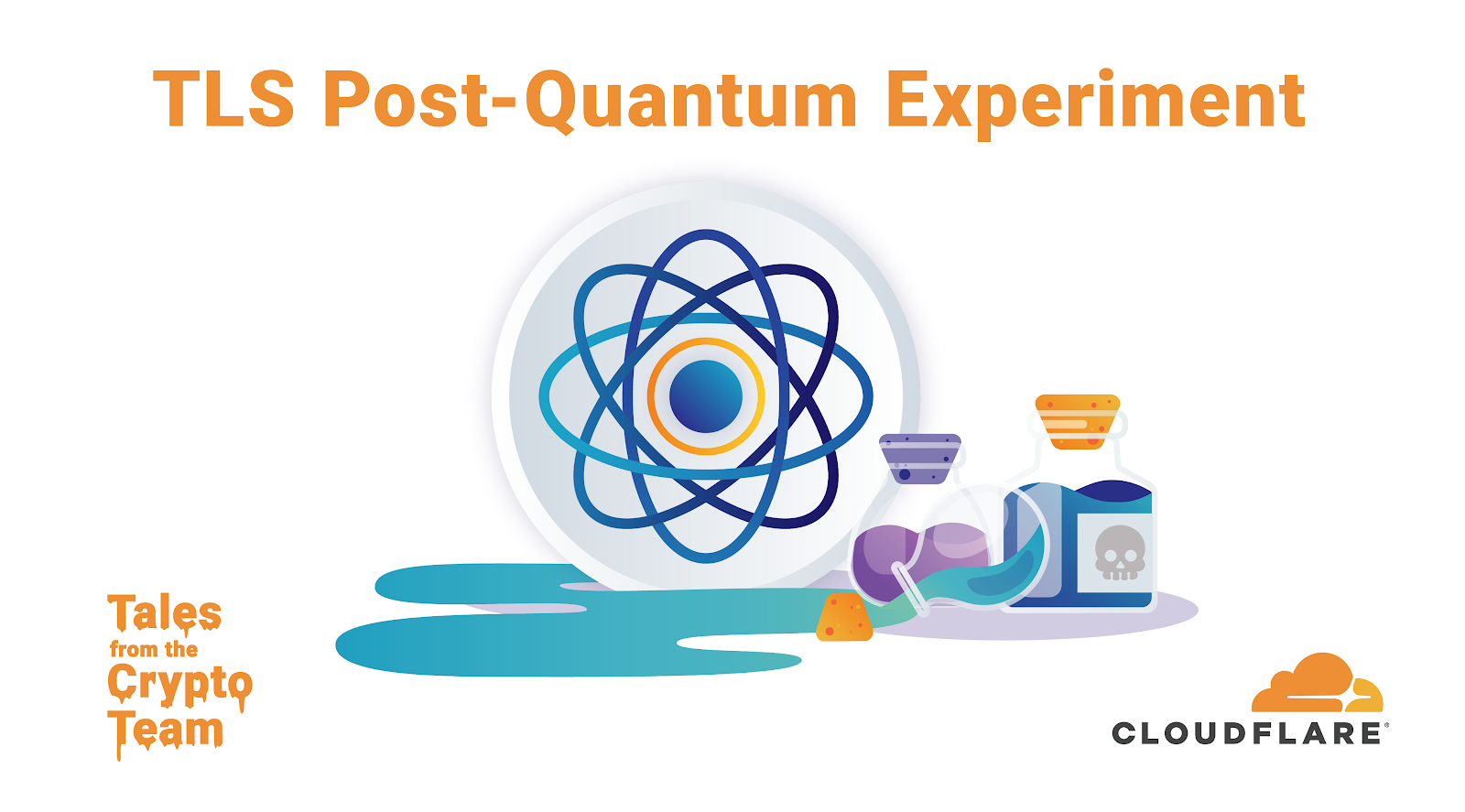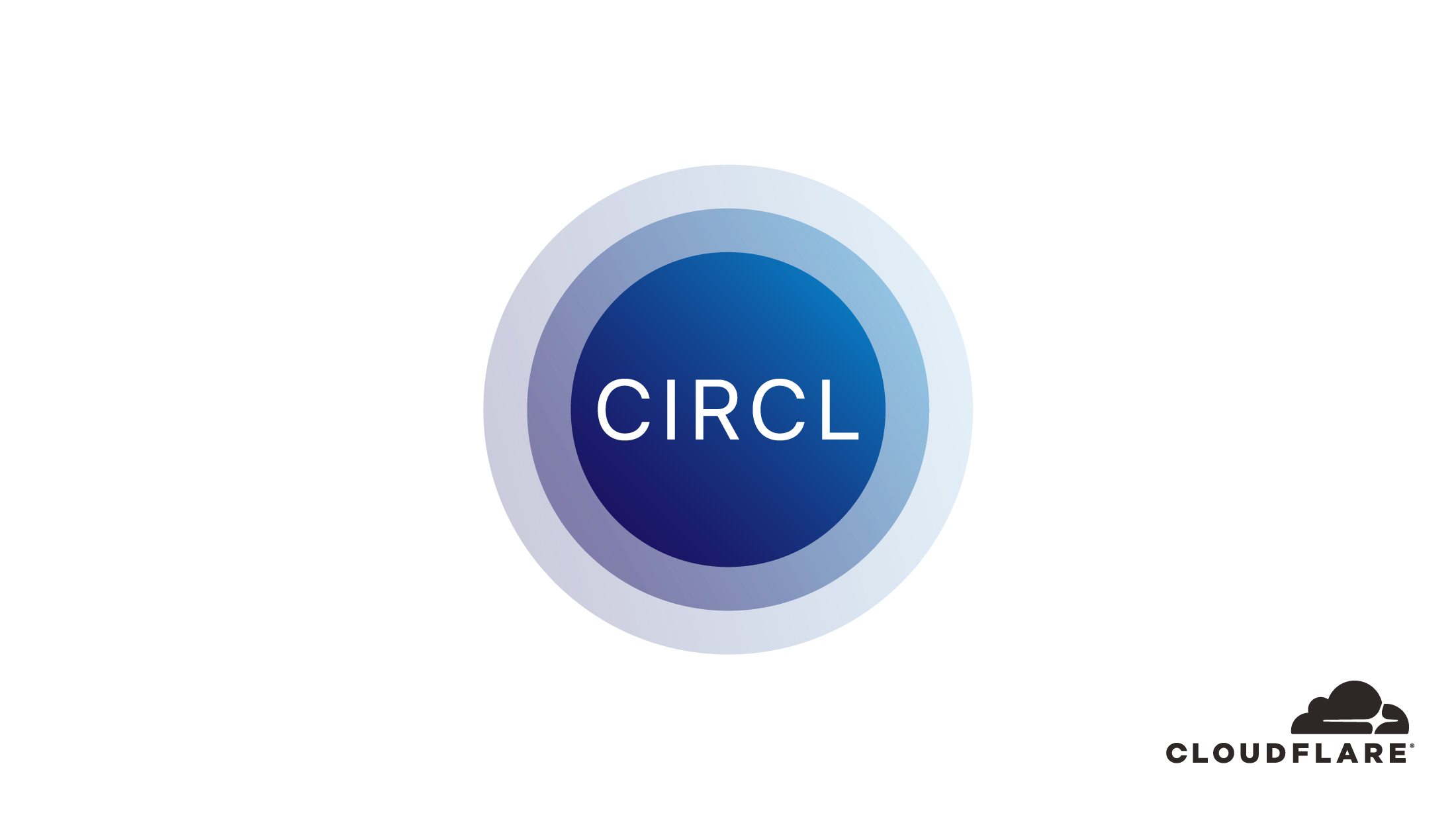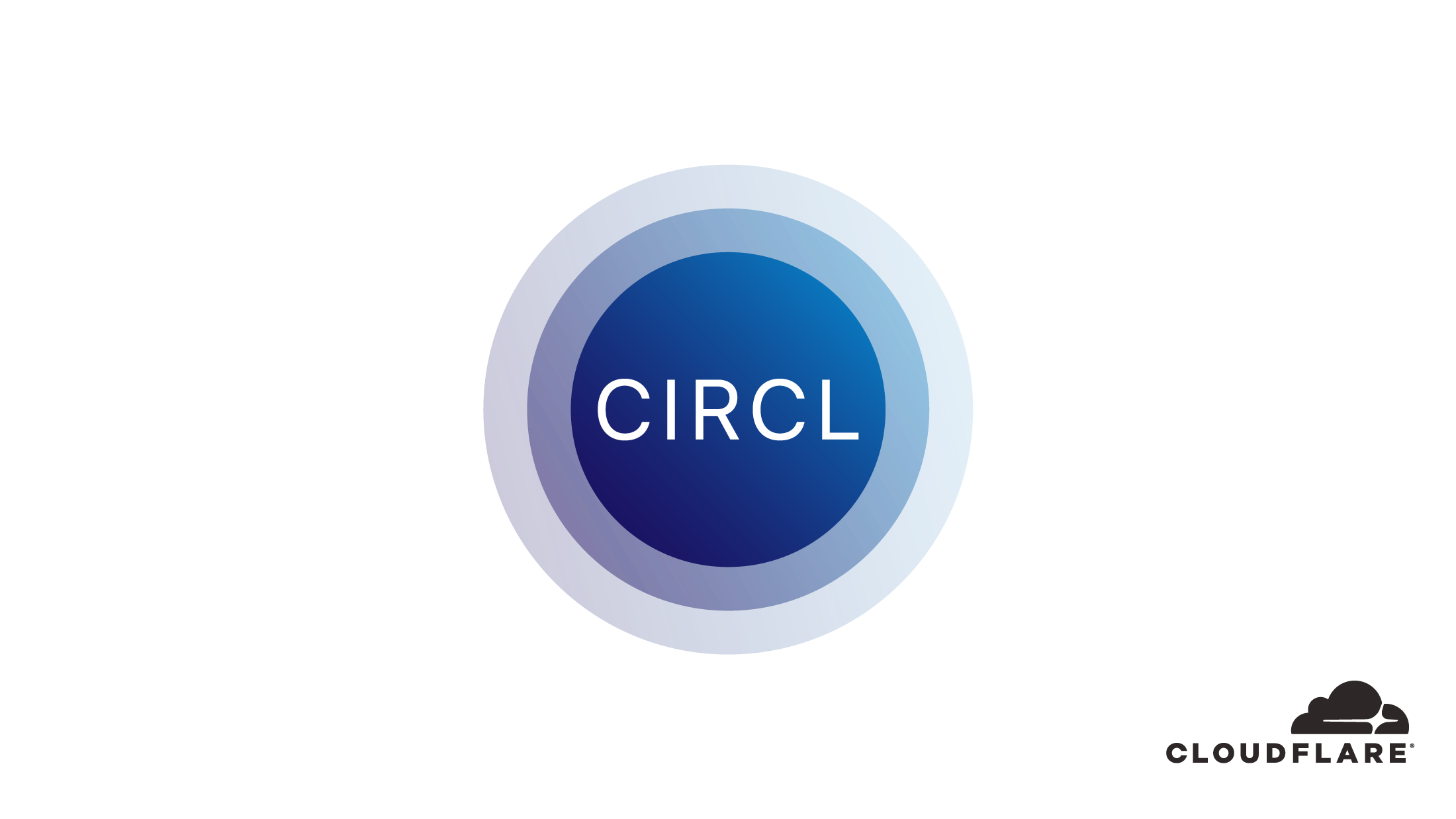Author Archives: Kris Kwiatkowski
Author Archives: Kris Kwiatkowski


In June, we announced a wide-scale post-quantum experiment with Google. We implemented two post-quantum (i.e., not yet known to be broken by quantum computers) key exchanges, integrated them into our TLS stack and deployed the implementation on our edge servers and in Chrome Canary clients. The goal of the experiment was to evaluate the performance and feasibility of deployment in TLS of two post-quantum key agreement ciphers.
In our previous blog post on post-quantum cryptography, we described differences between those two ciphers in detail. In case you didn’t have a chance to read it, we include a quick recap here. One characteristic of post-quantum key exchange algorithms is that the public keys are much larger than those used by "classical" algorithms. This will have an impact on the duration of the TLS handshake. For our experiment, we chose two algorithms: isogeny-based SIKE and lattice-based HRSS. The former has short key sizes (~330 bytes) but has a high computational cost; the latter has larger key sizes (~1100 bytes), but is a few orders of magnitude faster.
During NIST’s Second PQC Standardization Conference, Nick Sullivan presented our approach to this experiment and some initial results. Quite accurately, Continue reading


We live in a completely connected society. A society connected by a variety of devices: laptops, mobile phones, wearables, self-driving or self-flying things. We have standards for a common language that allows these devices to communicate with each other. This is critical for wide-scale deployment – especially in cryptography where the smallest detail has great importance.
One of the most important standards-setting organizations is the National Institute of Standards and Technology (NIST), which is hugely influential in determining which standardized cryptographic systems see worldwide adoption. At the end of 2016, NIST announced it would hold a multi-year open project with the goal of standardizing new post-quantum (PQ) cryptographic algorithms secure against both quantum and classical computers.
Many of our devices have very different requirements and capabilities, so it may not be possible to select a “one-size-fits-all” algorithm during the process. NIST mathematician, Dustin Moody, indicated that institute will likely select more than one algorithm:
“There are several systems in use that could be broken by a quantum computer - public-key encryption and digital signatures, to take two examples - and we will need different solutions for each of those systems.”
Initially, NIST selected 82 candidates for further consideration from Continue reading


We live in a completely connected society. A society connected by a variety of devices: laptops, mobile phones, wearables, self-driving or self-flying things. We have standards for a common language that allows these devices to communicate with each other. This is critical for wide-scale deployment – especially in cryptography where the smallest detail has great importance.
One of the most important standards-setting organizations is the National Institute of Standards and Technology (NIST), which is hugely influential in determining which standardized cryptographic systems see worldwide adoption. At the end of 2016, NIST announced it would hold a multi-year open project with the goal of standardizing new post-quantum (PQ) cryptographic algorithms secure against both quantum and classical computers.
Many of our devices have very different requirements and capabilities, so it may not be possible to select a “one-size-fits-all” algorithm during the process. NIST mathematician, Dustin Moody, indicated that institute will likely select more than one algorithm:
“There are several systems in use that could be broken by a quantum computer - public-key encryption and digital signatures, to take two examples - and we will need different solutions for each of those systems.”
Initially, NIST selected 82 candidates for further consideration from Continue reading


As part of Crypto Week 2019, today we are proud to release the source code of a cryptographic library we’ve been working on: a collection of cryptographic primitives written in Go, called CIRCL. This library includes a set of packages that target cryptographic algorithms for post-quantum (PQ), elliptic curve cryptography, and hash functions for prime groups. Our hope is that it’s useful for a broad audience. Get ready to discover how we made CIRCL unique.
We use Go a lot at Cloudflare. It offers a good balance between ease of use and performance; the learning curve is very light, and after a short time, any programmer can get good at writing fast, lightweight backend services. And thanks to the possibility of implementing performance critical parts in Go assembly, we can try to ‘squeeze the machine’ and get every bit of performance.
Cloudflare’s cryptography team designs and maintains security-critical projects. It's not a secret that security is hard. That's why, we are introducing the Cloudflare Interoperable Reusable Cryptographic Library - CIRCL. There are multiple goals behind CIRCL. First, we want to concentrate our efforts to implement cryptographic primitives in a single place. This makes it easier Continue reading


As part of Crypto Week 2019, today we are proud to release the source code of a cryptographic library we’ve been working on: a collection of cryptographic primitives written in Go, called CIRCL. This library includes a set of packages that target cryptographic algorithms for post-quantum (PQ), elliptic curve cryptography, and hash functions for prime groups. Our hope is that it’s useful for a broad audience. Get ready to discover how we made CIRCL unique.
We use Go a lot at Cloudflare. It offers a good balance between ease of use and performance; the learning curve is very light, and after a short time, any programmer can get good at writing fast, lightweight backend services. And thanks to the possibility of implementing performance critical parts in Go assembly, we can try to ‘squeeze the machine’ and get every bit of performance.
Cloudflare’s cryptography team designs and maintains security-critical projects. It's not a secret that security is hard. That's why, we are introducing the Cloudflare Interoperable Reusable Cryptographic Library - CIRCL. There are multiple goals behind CIRCL. First, we want to concentrate our efforts to implement cryptographic primitives in a single place. This makes it easier Continue reading